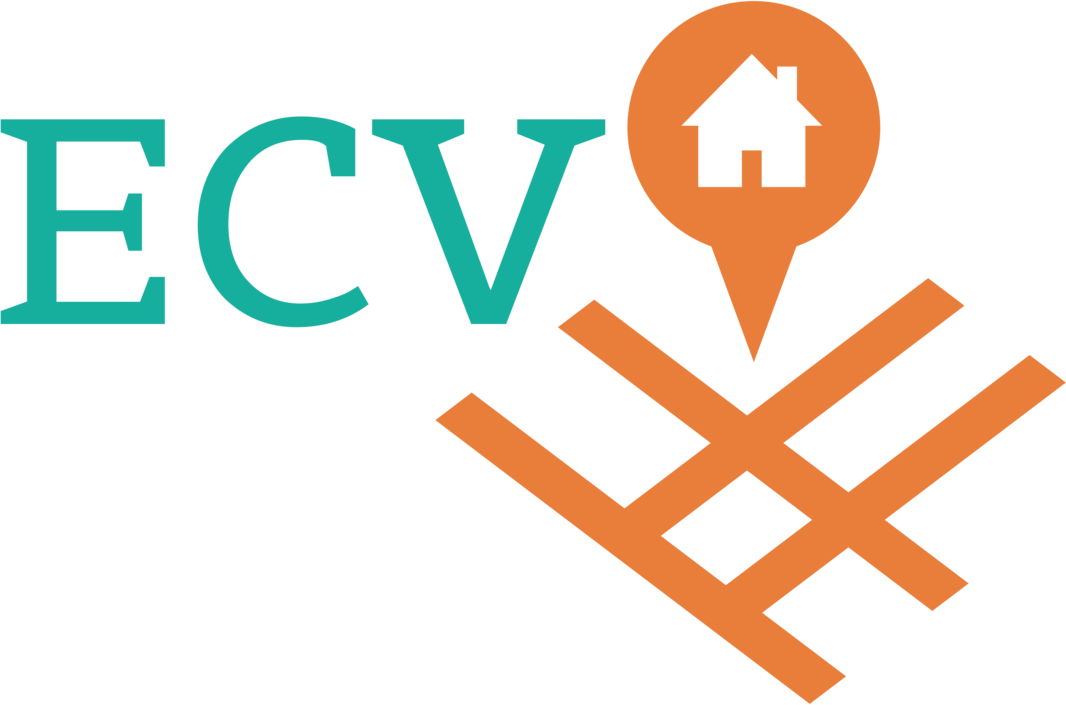COVID-19 Quarantine Guidance
1 “
State of California—Health and Human Services Agency
California Department of Public Health
December 14, 2020
TO:California Local Health Departments AND Licensed Community
SUBJECT: COVID-19 Quarantine Guidance
Frequent hand washing reduces risk of infection
All asymptomatic close contacts (within 6 feet of an infected person for a cumulative total of 15 minutes or more over a 24-hour period) may discontinue quarantine after Day 10 from the date of last exposure with or without testing.
During critical staffing shortages when there are not enough staff to provide safe patient care, essential critical infrastructure workers in the following categories are not prohibited from returning after Day 7 from the date of last exposure if they have received a negative PCR test result from a specimen collected after Day 5:
Exposed asymptomatic health care workers; and
Exposed asymptomatic emergency response and social service workers who work face to face with clients in the child welfare system or in assisted living facilities.
All exposed asymptomatic contacts permitted to reduce the quarantine period to less than 14 days must:
Adhere strictly to all recommended non-pharmaceutical interventions, including wearing face coverings at all times, maintaining a distance of at least 6 feet from others and the interventions required below, through Day 14.
Use surgical face masks at all times during work for those returning after Day 7 and continue to use face coverings when outside the home through Day 14 after last exposure.
Self-monitor for COVID-19 symptoms through Day 14 and if symptoms occur, immediately self-isolate and contact their local public health department or healthcare provider and seek testing.
Context and Considerations
we recommend that mask be worn at all times
Local health jurisdictions may be more restrictive than the above guidance.
Health care employers with critical staffing shortages and lacking the staff to provide safe patient care may use Contingency Capacity Strategies as described by CDC where asymptomatic healthcare personnel (including in skilled nursing facilities during an outbreak when all staff are considered potentially exposed) are allowed to work with a surgical mask or respirator, but still report temperature and absence of symptoms each day until 14 days after exposure.
Persons who reside or work in a high-risk congregate living setting (e.g. skilled nursing facilities, prisons, jails, shelters) or persons residing or working with severely immunosuppressed persons (eg. Bone marrow or solid organ transplants, chemotherapy) should still quarantine for 14 days in the absence of staffing shortages.
masks protects others from being infected from asymptomatic Covid 19 positive individuals
Background
The Centers for Disease Control and Prevention (CDC) and California Department of Public Health (CDPH) currently still recommend a quarantine period of 14 days after COVID-19 exposure, based on estimates of the upper bounds of the COVID-19 incubation period. However, a 14-day quarantine can impose burdens that may affect physical and mental health as well as cause economic hardship that may reduce compliance. In addition, the prospect of quarantine may also dissuade recently diagnosed persons from naming contacts and may dissuade contacts from responding to contact tracer outreach if they perceive quarantine as onerous. In settings with critical staffing shortages of health care personnel, for example, the inability to provide adequate staffing for safe patient care due to quarantine is another consideration impacting health outcomes.
Therefore, on December 2, 2020, CDC posted options to reduce quarantine for contacts of persons with SARS-CoV-2 infection.
Based on modeling data demonstrating the residual post-quarantine transmission risk if quarantine were discontinued early, CDC provided two shorter quarantine options. These options were presented with the recognition that any quarantine shorter than 14 days balances a reduced burden of quarantine and the potential for increased compliance against a small possibility of increasing the spread of the virus. In both options, additional criteria (e.g., continued symptom monitoring and use of face coverings through Day 14) must be met.
Other persons can also continue to be quarantined for 14 days without a requirement for a negative test result per existing recommendations. This option maximally reduces risk of post-quarantine transmission risk and is the strategy with the greatest collective experience at present. The residual post-quarantine transmission risk for a 10-day quarantine is estimated to be about 1% with an upper limit of about 10%. The residual post-quarantine transmission risk for a 7-day quarantine with a negative test at 5-7 days is estimated to be about 5% with an upper limit of about 12%. Testing for the purpose of earlier discontinuation of quarantine should be considered only if it will have no impact on community diagnostic testing. Testing of symptomatic persons seeking evaluation for infection must be prioritized. “
COVID-19 Quarantine Guidance, State of California—Health and Human Services Agency
California Department of Public Health, December 14, 2020, accessed December 14, 2020, https://www.cdph.ca.gov/Programs/CID/DCDC/Pages/COVID-19/COVID-19-Quarantine.aspx



